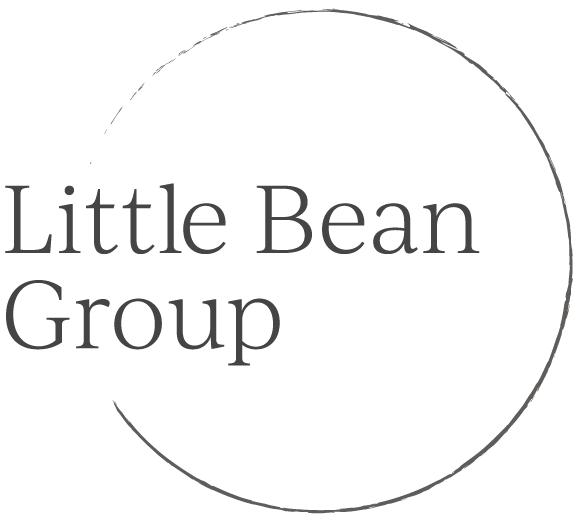After the disruptions caused by COVID-19, in-person fundraising events are back and in full swing. When planning events, it’s natural to feel rusty after so much time away. Previously, a big annual event was often the centerpiece of fundraising efforts, garnering large sums of money and also building community. However, the ground has shifted, and many organizations are now operating in a new reality. It may not be possible to stage events on the same scale due to staffing and resource constraints, and depending on your needs and your community of supporters, maybe it’s not even preferable.
As you’re stepping back into in-person events, this moment offers a valuable chance to reevaluate your approach. I want to offer a broad overview of the top things to consider with your stakeholders, and later this summer I’ll be diving deeper into important specifics, such as follow-up.
Establish and Center a Clear Purpose
If you had regular events pre-COVID, let the past inform and guide, but not dictate, new efforts. The pressure to “return to normal” can distract from the true purpose of these gatherings. The purpose is not the same as a dollar goal, or the importance of events in your overall fundraising plan.
The purpose of your event should go deeper. Is it to bring supporters together in order to build connections? Showcase your organization’s work to the wider community? Introduce yourself to new audiences? Celebrate your impact? If you had successful past events, a good way to get at the true purpose is to reach out to key participants and ask them what they valued most about the experience. While some may mention the amount of funds raised, they’re more likely to share how being there made them feel, and those thoughts will help you drive deeper connections as you plan anew.
Use your event’s purpose to guide your planning and communications strategy. While it has always been the case that events need to be well-planned and run smoothly to give attendees a good experience, I feel that this is even more true now. People are making time to be there, often juggling numerous responsibilities and paying for childcare. More than ever, events need to feel like a good use of supporters’ time. Make it clear why they should attend—especially after years of being away—and what they will get out of it.
Conduct a Realistic Assessment of ROI
Taking a hard look at the return on investment (ROI) of your event is crucial to your success. Pre-COVID, many organizations skipped this step in favor of “the way we’ve always done things.” Now is the perfect opportunity to reassess.
Looking at anticipated revenue and expenses is straightforward, and important for the broad picture. More challenging and pressing is determining the necessary staff time and resources and deciding if an event is still a good use of them. The fundraising landscape has shifted, and an event—even a previously successful one—may not be the best use of your time. Unless you have dedicated event staff, it’s important to consider the work that fundraisers will not be able to accomplish if they are consumed with planning. Also, examine this in light of the current level of burn out that we know many of our colleagues are experiencing. It’s not an all-or-nothing proposition, and may just be a question of adjusting the scale of the event and having realistic expectations.
Don’t Forget Prompt Follow Up
Events are exhausting, and it’s important to have a huge exhale and much-needed rest after yours is successfully completed. However, quick follow up is crucial to maintain momentum. Planning for successful post-event communications and thanking people should be a key part of your process, not just an afterthought.
There are a few steps you can take to make this process smoother. First, configure follow-up emails before the event. You can do the bulk of the work ahead of time, and then add photos and relevant, vivid details before sending. Don’t forget personal notes and outreach to those who did not show or couldn’t attend—sometimes, the personal check in is as effective as if they had attended, and lets them know that they were missed and are part of your community. I’m also a fan of sending a quick, prompt email to those you personally engaged with at an event. It only takes a few minutes to email the day after an event with a message that says “great to see you last night, I was so happy to have the chance to connect.” Timely follow up helps to build and nurture relationships.
